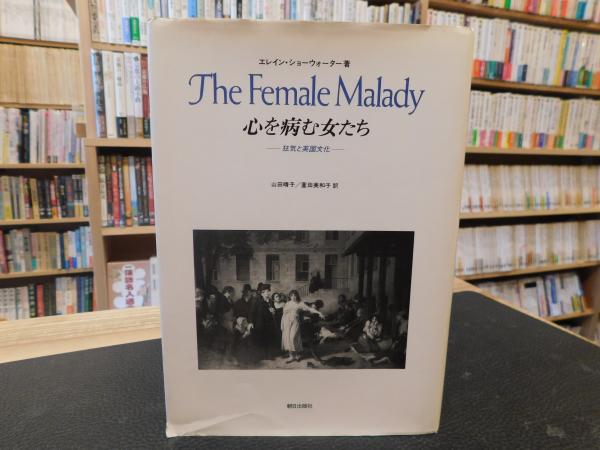

Women - Mental health - Social aspects.,.Therefore, the concept of ‘hysteria’ illustrates the medical inequality women have faced, a discriminatory and outdated concept that is still apparent today.By Harcourt Brace Jovanovich in San Diego. This disparity is perhaps due to unspoken preconceptions of women as more hysterical, as well as the fact that many preeminent medical surveys and discoveries have been made by men and examine the male physiology. For example, not only are women less likely to seek medical help when in pain, partly because of the normalisation and minimisation of menstrual pain, but they are also treated differently to men when they do in fact go to the doctor. Some feminists have argued the diagnosis of hysteria was a direct tool of oppression however, this may not account for the mere lack of interest in scientific knowledge of female biology that was endemic in patriarchal societies of the 18 th and 19 th centuries.Īrguably, historical ideas about femininity and their shaping of the medical treatment of women, particularly in the example of the Female Malady, still have an impact today gender myths have contributed to a tangible gender bias in modern medicine. In addition, women without husbands were seen as more likely to contract ‘melancholy’, a telling sign of common perceptions of female traits and needs. Much like the women throughout history we see accused of witchcraft and punished accordingly, hysteria diagnosis reflects the consequences for women when they did not conform to societal expectations, an attempt to control women who were not following the rules. The label was also linked to ideas of love and lovesickness the overwhelming difference between a man and a woman was perceived to be a woman’s weakness and emotion. A similar lack of knowledge surrounding mental illness emerged in the last 300 years, and hysteria became a common female diagnosis in part due to women’s rigid role as the emotional support in a family. The idea of the female malady was supposedly born in Ancient Egypt, due to a lack of understanding of the womb and uterus. Madness and gender have been inextricably linked for centuries in a medical context, a heavy truth which has finally begun, in the last few decades,to lose its power, but still has echoes in society today.

Shockingly, this was a term still being used by medical groups in the 1950s, and, similarly to other historical medical theories, the idea of Female Malady was highly influenced by surrounding culture. For centuries, women in western Europe suffering from a long list of, sometimes vague, symptoms – including anxiety, loss of sexual desire, or too much sexual desire, insomnia and being ‘difficult’- could find themselves being labelled with the common medical diagnosis of ‘female hysteria’.


 0 kommentar(er)
0 kommentar(er)
